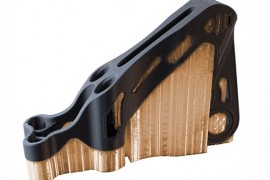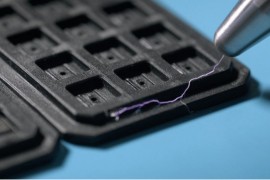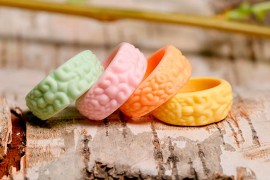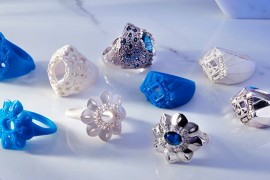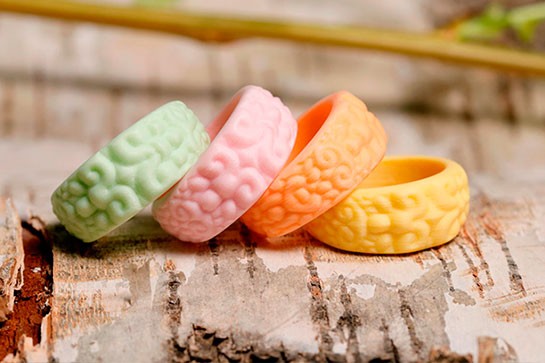
PLA (short for polylactic acid) is an unquestionable staple when it comes to desktop FDM 3D printing. It is a bioplastic and thermoplastic made from plant starch, for example from corn, potatoes, tapioca, sugarcane or sugar beet pulp. The sugar obtained from those plants is then fermented and the resulting lactic acid is made into PLA.
PLA’s widespread use can be attributed to its numerous qualities, such as low cost, good shelf life, low printing temperature, non-toxicity, dimensional accuracy, strength and biodegradability. For those reasons, PLA filaments are perfect for those making their first steps in 3D printing as well as in the production of test and calibration items, dimensionally accurate assemblies, decorative parts or even cosplay props.
There are many types of PLA filament available on the market, from the most basic PLA types, through various blends of PLA with wood, stone or metal, flexible PLAs, such as PLA SOFT, to special PLA such as antibacterial, glow-in-the-dark, transparent/translucent, multicolor, fireproof, magnetic, air purifying, x-ray protective, conductive, magnetic or thermoactive.
Image 1: Vases printed with PLA Stonefill. Source: Filament2Print.
PLA finishes
Printing with PLA offers many types of finish, and among them - matte, glossy and silk. The type of finish affects not only how the piece feels to the touch but also its color and even strength and durability. In the case of matte and glossy finish, those effects can be obtained either by modifying the printing parameters, using a special machine or by using a dedicated filament type for a desired finish. The silk finish can only be achieved by using the last method.
Matte
There are, however, specialistic filaments on the market that yield a matte finish in the final printed piece. An excellent example of that is the Polyterra product range by Polymaker. It is not only an eco-friendly solution with reduced plastic content, but it also gives a completely matte result and conceals the printing layer lines. Matte works great with projects involving fine details, sharp edges, angles, moving parts, and very specific size requirements. It is also used in 3D printing of photography accessories when light reflexes are unwanted.
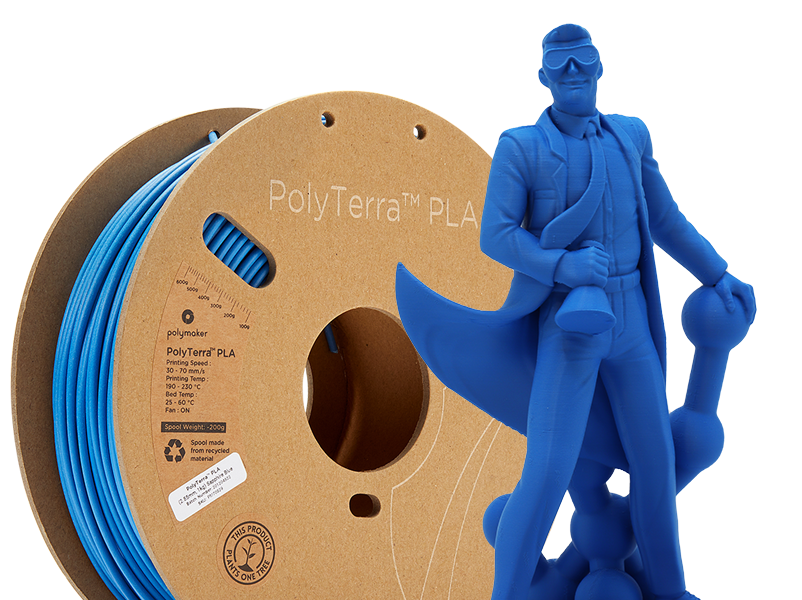
Image 2: A Polyman printed with the Polyterra PLA filament. Source: Polymaker.
Glossy
One way of achieving a glossy finish is to use the Polysher machine by Polymaker while working with their PolySmooth filament. The process only takes from 10 to 30 minutes and it works by surrounding the piece in a cloud of isopropyl alcohol to soften the layer lines and create a shiny effect. The process can be seen in the following video:
Video 1: The process of polishing using the PolySher machine. Source: Filament2Print.
An artificial gloss can be achieved, no matter the used material, by applying coatings, for example XTC-3D by the brand Smooth-On.
Silk
The silk effect can only be achieved by using a silk PLA filament. It gives the piece a soft and silky finish and is perfect for elegant highly decorative pieces. The silky effect is obtained by adding elastomers, which makes the filament a little flexible and stretchy but highly durable and resistant to cracking.
.jpg)
Image 3: Skulls printed with the PLA Silk Gloss filament. Source: Filament2Print.
Applications in architecture and civil engineering
In architecture and civil engineering 3D printing with PLA is mainly used for printing detailed realistic prototypes and models. It reduces the time spent on manually creating scale models, allows quick editability and reusability of the designs, and helps the clients better visualize the project at hand in its final form.
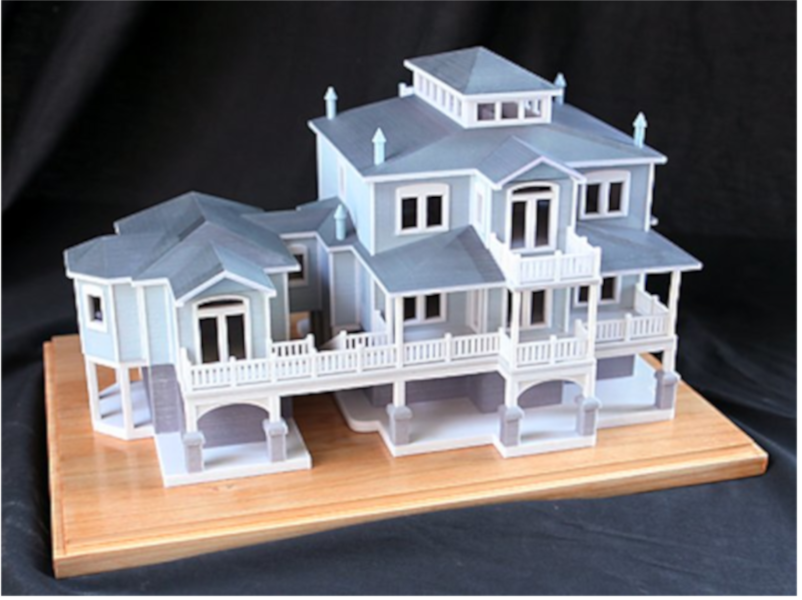
Image 4: 3D printed house model with various textures. Source: 3D Forms.
Different effects can be achieved by varying the filament type as well as the finish. It is a great way to prepare a high quality model and help the client visualize the final effect by imitating textures and materials. A great example of that would be the wood imitating PLA filaments Timberfill offered by the Czech company Fillamentum or the family of PLA filaments StoneFill, EasyCork and EasyWood manufactured by Formfutura. Those products faithfully imitate various textures of wood and stone due to containing cork, granite, terracotta and clay. Moreover, varying the temperature of printing will influence the tone of the printed piece, which can help achieve further attractive effects.
Being able to apply different PLA finishes helps with achieving the desired effect on specific artifacts, for example, to imitate the shiny surface of a porcelain vase, the matte feel of a clay pot or the rough and porous texture of a sandstone sculpture.
Applications in art and design
PLA 3D printing is also a great way to preserve heritage by 3D printing replicas to be shown in museums or printing missing parts to reconstruct museum artifacts. With the help of 3D scanning a damaged object with missing pieces can be scanned, reconstructed in 3D modeling software and subsequently repaired or substituted in its entirety by a PLA 3D printed model. This process preserves the original artifact from further degradation and even allows the 3D printed replica to be touched, moved and presented in various museums and exhibitions without the risk of damaging it.

Image 5: Scanning an artifact using the Einscan SE 3D scanner. Source: Filament2Print
3D printing has also found its way into art studios, museums and artisan workshops. It makes the design and production processes much more flexible than traditional methods allow for and lets the designer endlessly experiment with the project without wasting precious materials.
The designer can customize their work as they wish and replicate his projects easily, at much lower cost and in less time than before. PLA in the jewelry sector is used both to create prototypes as well as the final piece of jewelry.
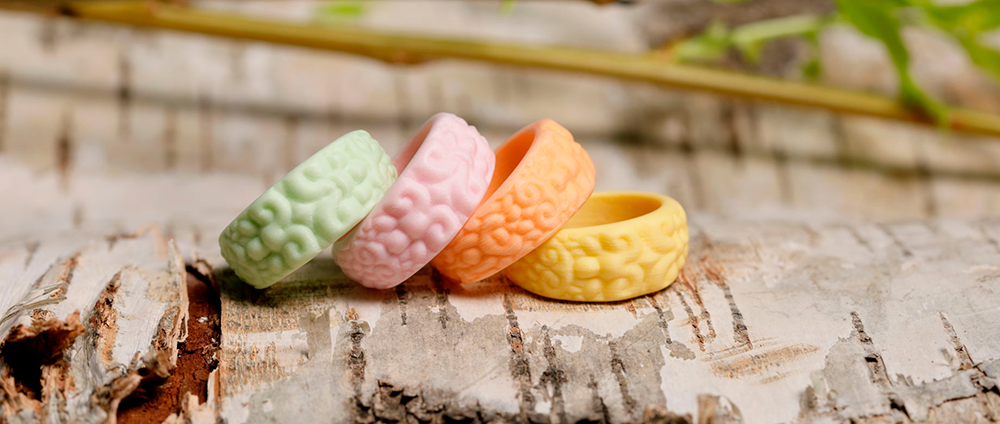
Image 6: Rings printed with the matte Polymaker Polyterra. Source: Filament2Print.
3D printing is not the future, it is the present and it is quickly gaining popularity in the world of design, architecture, civil engineering and even arts. Choosing the appropriate finish for a 3D prototype or model can render a high fidelity realistic representation of the architectural design. In arts, the matte, glossy or silky finish can be an expressive tool on its own, helping to create stunning art pieces.

.jpg)
